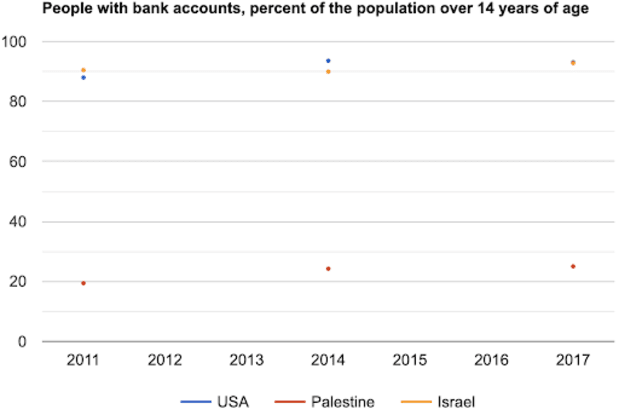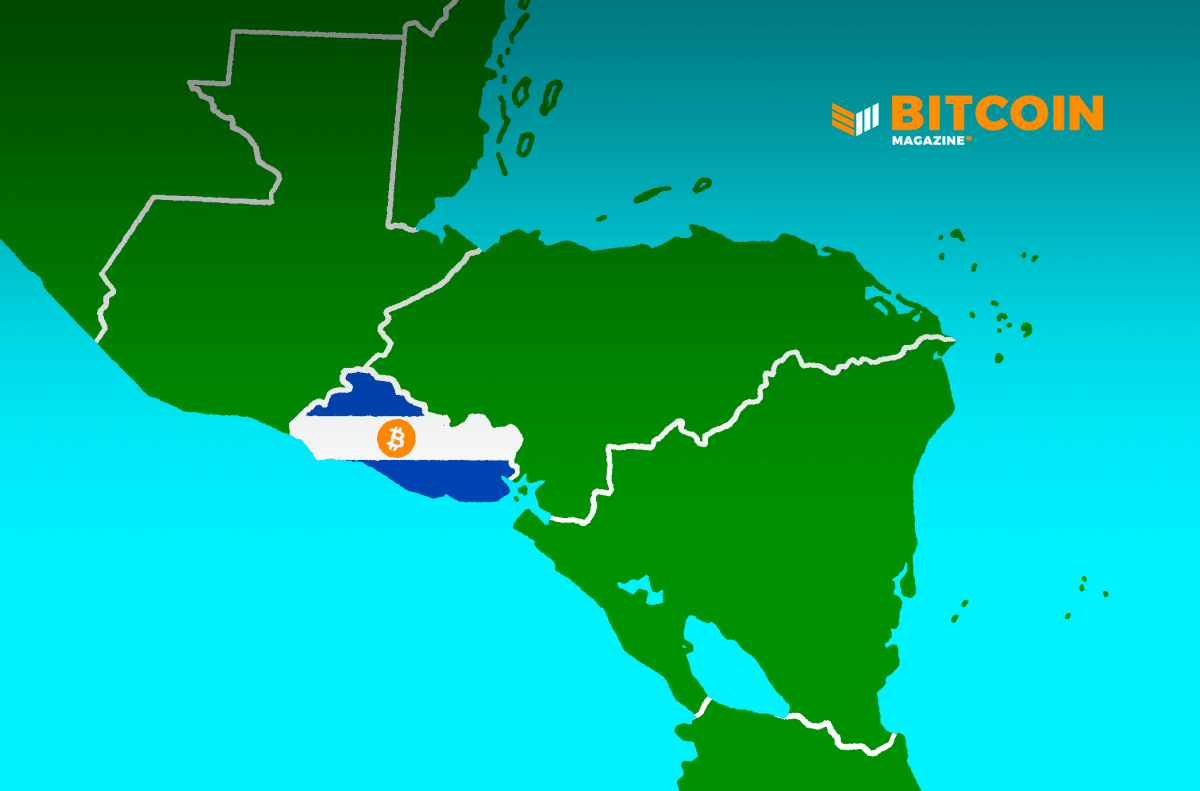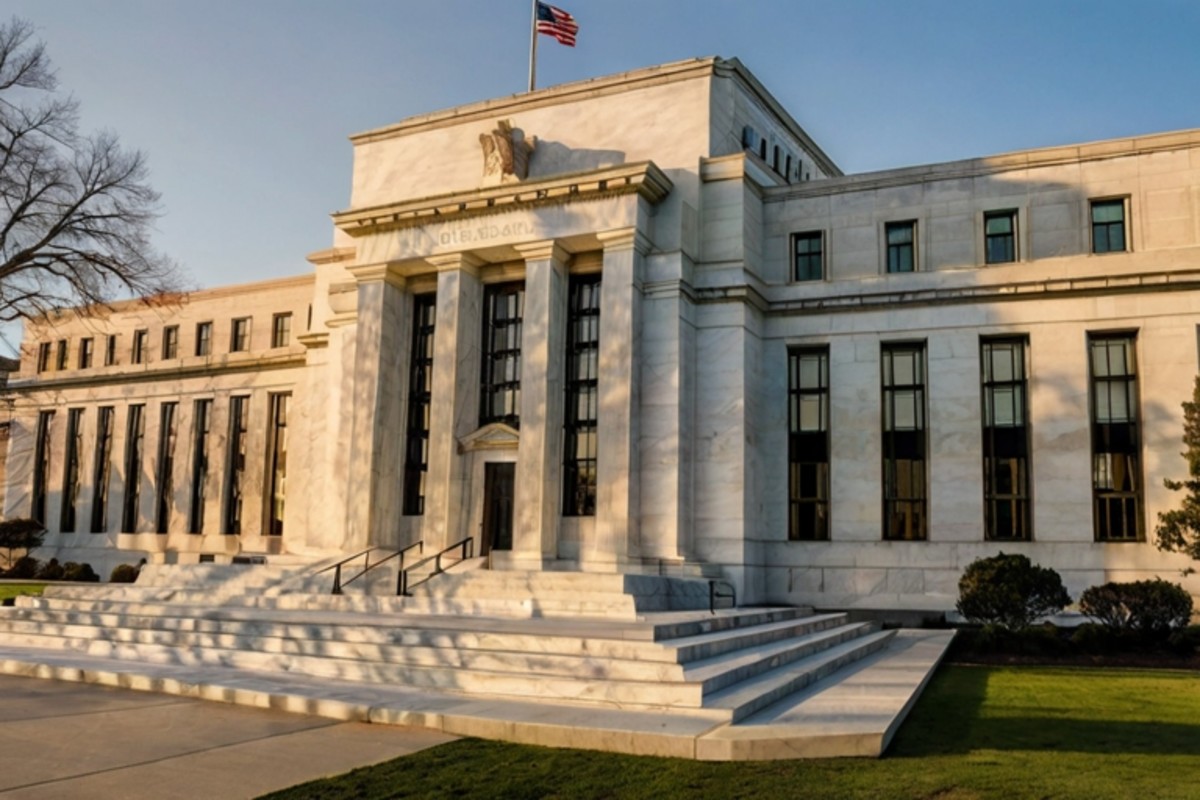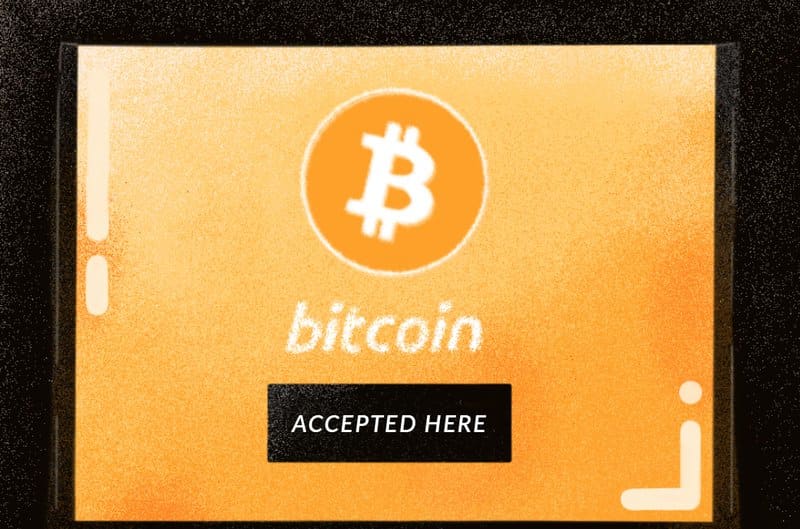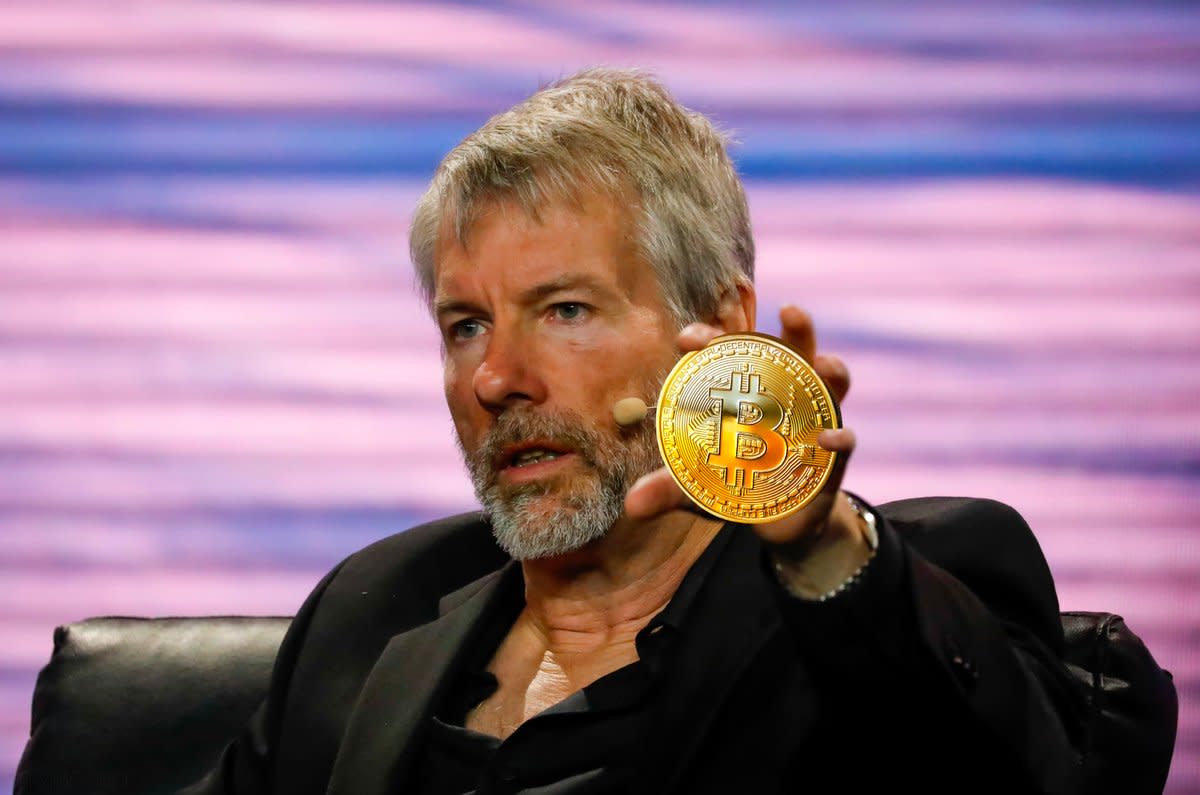Why Bitcoin Needs A Marketing Department
What is stopping Bitcoiners from banding together to create marketing campaigns that will help onboard regular, working-class people from all over the world?
This is an opinion editorial by Maxx Mannheimer, a former sales account manager with a background in training and industrial-organizational psychology.
These days, it seems like every preposterous blockchain project has a group of founders funneling tremendous amounts of money (or premined tokens) into social media marketing. They pay teenage influencers to pitch their scripts to millions of followers in the hopes of pumping the market cap of vaporware projects that will never get out of the alpha stage. In the best cases, their intentions are good and the execution is bad, but in many cases, their intention is bad and their execution is flawless. The history of cryptocurrency rug pull operations speaks for itself.
Naturally, anyone new to digital assets will not see this coming and may not even understand what happened even after their portfolio goes below sea level. As a result, a majority of the new entrants into the space get overwhelmed, confused or outright swindled when they use exchanges that promote blatant scams. Some may say that this is a natural progression for new cryptocurrency users who will have to learn on their own, “Just like we had to! Do your own research (DYOR)!!!” That is exactly the kind of mentality that is going to slow down adoption and cause more pain than necessary for newcomers.
This article is an expansion of the same metaphor I proposed in my first article, “The Bitcoin Customer Service Department.” Bitcoin exists as an entirely novel, decentralized organization. The community is simply acting on the incentives inherent in the protocol. There is no CEO or board of directors prioritizing the activities of the participants.
The Mises-esque ethos of Bitcoin would dictate that the hardness of the technology and the incentives are all that is required for the Bitcoin network’s success. On a long enough time frame, I fully agree with that sentiment, but given what is at stake I am currently feeling disappointed with our progress. While I have seen valiant attempts, I have been underwhelmed with the community’s ability to counter the negative and misleading narrative being spewed from many of the media outlets. At the time of this writing it seems to me that these attempts echo around inside the Bitcoin bubble of blog posts and podcasts.
Let us imagine that Bitcoin has a marketing department, or in a fashion more akin to the decentralized nature of the network, many marketing departments. What might these marketing departments be focusing on? In my estimation, it would be wise to reach as broad a base of investors as possible. The reasons for this are twofold: Adoption has a powerful network effect and widespread adoption increases the political defense of Bitcoin. Much of the messaging around Bitcoin has found itself in a libertarian or tech-savvy sphere. This is fully understandable, but how does everybody else get interested? Realistically speaking, there are many who are afraid of technology and many who don’t agree with libertarian ideas. Bitcoiners often simply write these people off or count them as a lost cause. I am not so quick to give up on individual adaptability and intelligence.
At risk of sounding grandiose, for this illustration I’m imagining myself as the vice president of marketing for Bitcoin. If I heard one of my executives say that we were going to ignore 50-70% of our addressable market because they couldn’t grasp the product concept, I’d be inclined to fire that individual on the spot. That is a losing attitude and at the core of every value-driven marketing effort is the intent to educate the market about the product and what it is good for. To write off potential customers on ideological grounds or for emotional reasons would be an unmistakably defeatist approach.
If a teacher is failing half their students, it might indicate very complex subject matter or an ineffective teacher. Of course we know that Bitcoin is a complex subject, but does that take all the responsibility off the educators? Does that give us the credence to throw our hands up and blame the media for misleading people? Many are not giving up on this effort. They are working to support the understanding of Bitcoin with metaphors, comparisons, allegories and hard data. I applaud those efforts wholeheartedly.
What I am not seeing, however, is a thoughtful marketing push into the public sphere beyond the Bitcoin filter bubble. There must be dozens of other niche communities that overlap with interests related to Bitcoin. Examples may be in the energy sector, libertarian publications, organic agriculture, hunting magazines, video game review sites or any entity working towards a reduction in the size of government or in the scope of military activity. Those are low-hanging fruit in my opinion. There are also more challenging avenues that exist outside of the typical Bitcoin wheelhouse of freedom-loving, sovereignty-seeking, technology enthusiasts.
How could Bitcoin be of interest to political progressives, environmentalists or activists? Is there a way to reach those communities without alienating them? I see Alex Gladstein making a bold effort, but I also know many Bitcoiners who don’t want to offer an olive branch. That reluctance can only be rooted in a lack of humility or in a fear of the network being controlled by a centralized force. Is that reluctance a rational behavior or is it simply shortsighted? Most Bitcoiners know that once a person buys bitcoin, the learning process accelerates significantly. Having skin in the game alters individual incentives in a manner which benefits the network and humanity.
Imagine a billboard in downtown Seattle that read “Defund The Military Industrial Complex” or “The End of Bank Bailouts,” complete with a QR code directing the viewer to educational material. That is the type of marketing that will get people to stop and think. In cases where the target audience is likely to be impulsively opposed to bitcoin it might also be wise to direct people to a site that lists data and facts about the issues of fiat before the solution is revealed.
Imagine going to the JM Bullion website and seeing a banner ad with a picture of gold bars on the left and a heap of scrap metal on the right. Over the left panel, it says “Bitcoin” in Helvetica or Times New Roman, and on the right, it says “Crypto” in Comic Sans. This is an easy visual representation to explain the viewpoint that Bitcoiners have over the market and it communicates the reality of the situation quite effectively. Any publication that reaches gold bugs or precious metals investors would relate to that immediately. I’ve often found that talking to gold bugs about Bitcoin is consistently a downhill effort.
Imagine driving down I-75 between Chattanooga, Tennessee and Atlanta, Georgia and seeing a big orange billboard that says, “Trust the Federal Reserve and Wall Street? Do you have a plan B?” or “Inflation Got You Down?”
This would reach a market that is totally unaddressed at the moment. There’s a world of rural working class people who have practical skills that have been continuously abused by the prevailing monetary system. These people may not have social media, but they may have hundreds of acres of arable land and generations of farming knowledge. By my assessment, the true value of the Bitcoin network is based on what can be accomplished with it. Having real-world value enter bitcoin commerce may be just as important as the hash rate. Rural Americans often understand hard money better than the armies of keyboard warriors on the internet. How do we bridge that gap?
Using the U.S. Postal Service website, I was able to get a quick estimate of $40,000 to send letters or $30,000 for postcards out to 50,000 individuals. Marketing along those lines with eye-catching material has the potential to reach an audience and an age group that is currently untouched. An orange envelope with the Bitcoin logo on the outside could be a nice touch. Now add “Inflation is Theft.” It seems to me that the experiment could be worth a shot.
One of the greatest benefits of the public blockchain is its constant availability for audit. If a collective Bitcoin marketing fund was created, those who contribute could watch their funds move. Pictures of the physical installments, click data and QR counts can be collected to assess the marketing campaign effectiveness in a report to investors. It might even be possible to enable contributors to have some say in the marketing approach, but let’s be very careful not to post cringe materials and embarrass ourselves.
There are sharp minds all over the world, working around the clock to sell absolute garbage products to the general public. They have lots of market data and experience with ad campaigns. Let’s not overlook the talent that exists in the market. Some Bitcoiners argue that the marketing industry is part of the fiat mess, but the chess pieces stand as they stand. Let’s figure out a way to explain Bitcoin in terms that diverse populations can agree with and use whatever tools are at our disposal.
Civil rights: “Bitcoin does not know the color of your skin.” Autonomy: “I don’t have to ask a customer service representative or anyone else permission to move my bitcoin.” Environment: “Bitcoin replaces antiquated systems that motivate over production of products that are built to fail.” Steal my ad ideas if you like them. I will have more.
We are quietly sitting on what amounts to the best product ever created.
Many of us know this firsthand because as soon as we understood it, we bought as much bitcoin as we could afford. Some of us bought more than that. The grassroots cascade of Bitcoin understanding is inevitable and it seems to be speeding up as more content is created, but that doesn’t mean we can’t help it along with some strategic expenditures. As a decentralized asset, these ads don’t have to direct prospective users to a specific website or exchange and it doesn’t matter who has the ads put up. They simply pitch Bitcoin knowledge out into the crowd and we all benefit.
How can we bring this digital movement further into the physical world? Doesn’t the incentive structure inherent to holding bitcoin motivate this marketing behavior from large holders? Why are groups of Bitcoiners not banding together to hire marketing firms to educate the masses? What’s stopping us from creating a pooled fund to allocate capital to an experienced marketing team?
The answer, of course, is nothing. There is nothing stopping us from doing this.
This is a guest post by Maxx Mannheimer. Opinions expressed are entirely their own and do not necessarily reflect those of BTC Inc. or Bitcoin Magazine.

